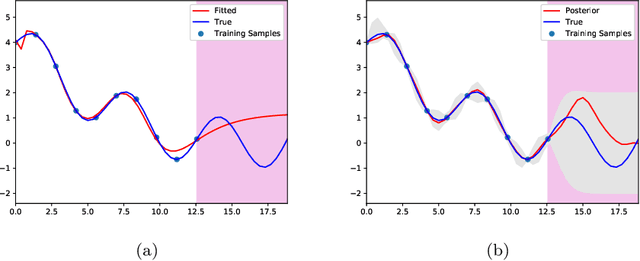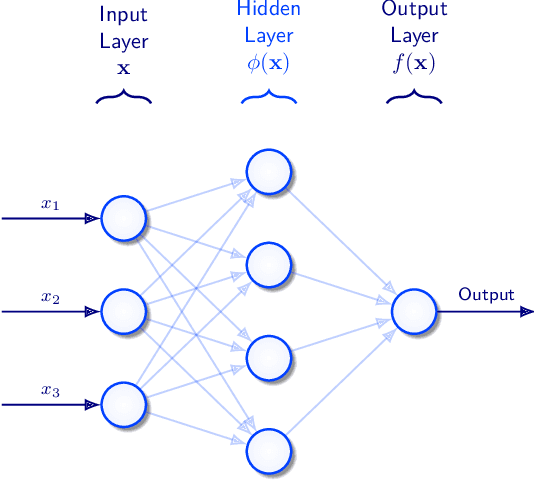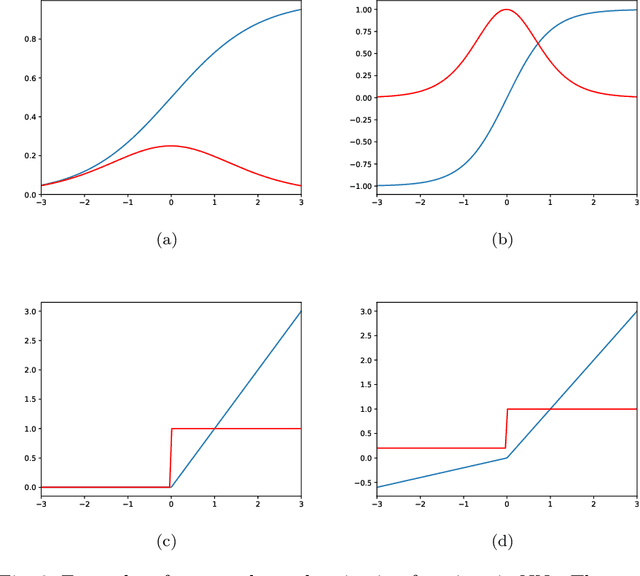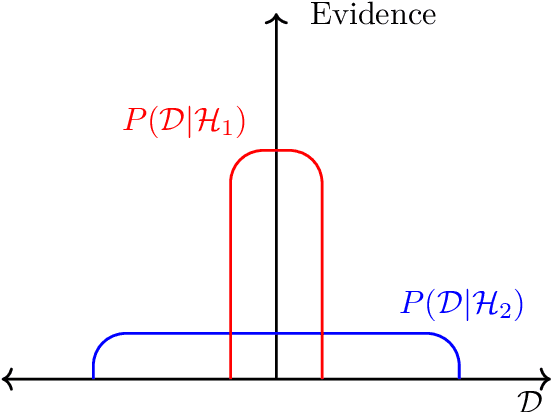Bayesian Neural Networks: An Introduction and Survey
Paper and Code
Jun 22, 2020



Neural Networks (NNs) have provided state-of-the-art results for many challenging machine learning tasks such as detection, regression and classification across the domains of computer vision, speech recognition and natural language processing. Despite their success, they are often implemented in a frequentist scheme, meaning they are unable to reason about uncertainty in their predictions. This article introduces Bayesian Neural Networks (BNNs) and the seminal research regarding their implementation. Different approximate inference methods are compared, and used to highlight where future research can improve on current methods.
* Case Studies in Applied Bayesian Data Science: CIRM Jean-Morlet
Chair, Fall 2018, 1, (2020) 45-87 * 44 pages, 8 figures
 Add to Chrome
Add to Chrome Add to Firefox
Add to Firefox Add to Edge
Add to Edge